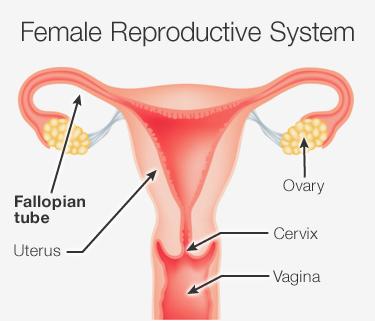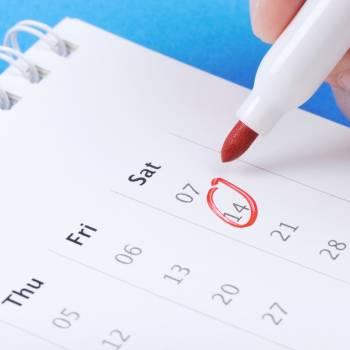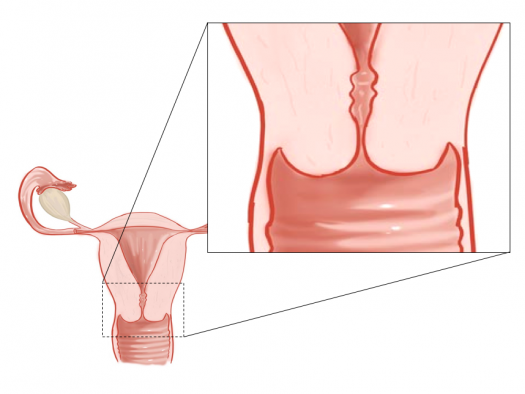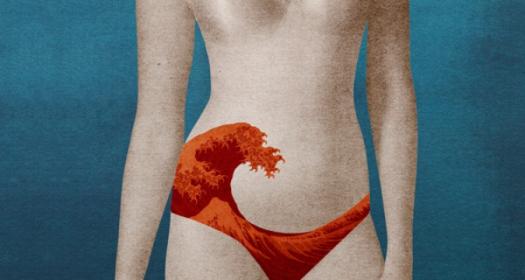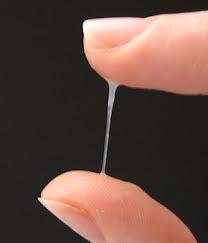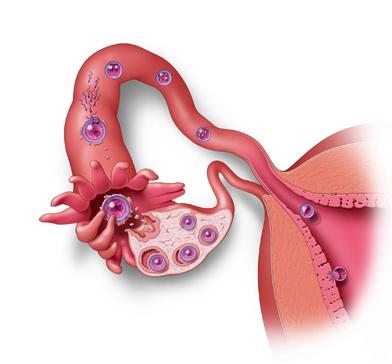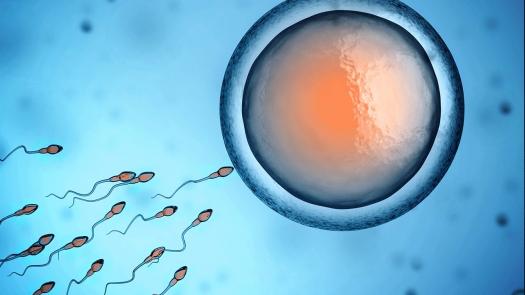The Justisse Body Literacy Myth Busters Quiz
-
A woman can become pregnant at any time during her cycle.
-
True
-
False
-
Body literacy is self-knowledge gained by learning to observe and chart biological signs of fertility and infertility.
Body literacy empowers women to make fully-informed decisions about sexual and reproductive health.
Learning to observe, chart, and interpret one's menstrual cycle events is a life skill that every woman should know.
How body literate are you?

- 2.
The uterus is the size and shape of a pear.
-
True
-
False
Correct Answer
A. TrueExplanation
Yes! And the ovaries are the size of almonds. And the cervix is the size of a grape with a dimple!.Rate this question:
-
- 3.
Basal body temperature will predict ovulation.
-
True
-
False
Correct Answer
A. FalseExplanation
Basal body temperature is a measure of metabolism. After ovulation, the shift in progesterone causes a rise in metabolism. Basal body temperature confirms that ovulation has already happened. It has no predictive value.Rate this question:
-
- 4.
Ovulation always happens on Day 14.
-
True
-
False
Correct Answer
A. FalseExplanation
The idea that ovulation occurs on day 14 of every woman’s cycle comes from scientific assumptions of the early 1900s. Based on animal studies, it was believed that women’s menstrual cycles are 28 days long and that ovulation occurs 14 days before menstruation. For some women, this may be true. For many women this is simply not the case. This idea, now a myth, led to the obsolete, ineffective rhythm method.Rate this question:
-
- 5.
The cervix changes throughout a woman's cycle.
-
True
-
False
Correct Answer
A. TrueExplanation
During the infertile phases of the cycle, the cervix is closed, firm, and tilted toward the rectum. During fertile days, the cervix opens slightly, becomes soft, and aligns with the opening of the vagina.Rate this question:
-
- 6.
There may be pain or cramping at the time of ovulation called mittleschmerz.
-
True
-
False
Correct Answer
A. TrueExplanation
Some women experience one-sided, lower abdominal pain associated with ovulation called mittleschmerz. It means "middle pain" in German.Rate this question:
-
- 7.
Women are infertile during menstruation.
-
True
-
False
Correct Answer
A. FalseExplanation
The mistaken belief that ovulation occurs on day 14 has misled women to think that they cannot be fertile while menstruating. Though not common, it is possible for ovulation to occur as early as day five of a woman’s cycle. A woman can detect fertility by charting the appearance of cervical mucus – even during menstruation. Also, it is possible to have bleeding or spotting at other times during the cycle and these can coincide with ovulation.Rate this question:
-
- 8.
Cervical mucus is a healthy part of a woman's cycle.
-
True
-
False
Correct Answer
A. TrueExplanation
Cervical mucus is normal and important. Monitoring cervical mucus can help a woman detect her fertile window. It can be pasty, sticky, tacky, stretchy, cloudy, clear, or yellow.Rate this question:
-
- 9.
Menstrual cycles are always 28 days.
-
True
-
False
Correct Answer
A. FalseExplanation
Actually, a normal menstrual cycle can vary from about 25-36 days. And not only do cycles vary substantially among women, they often vary within each individual woman.Rate this question:
-
- 10.
A human egg only lives 12-24 hours.
-
True
-
False
Correct Answer
A. TrueExplanation
It's true! A human egg can only survive 12-24 hours after being released from the ovary. The only reason women are considered fertile for longer than 24 hours is because sperm can live in a woman's body for up to five days if fertile quality cervical mucus is present.Rate this question:
-
- 11.
Worrying about a late period may only delay it.
-
True
-
False
Correct Answer
A. FalseExplanation
Stress does not delay one's menstrual period; it can only delay ovulation. Once ovulation has occurred, the woman's body has already determined when she will menstruate. In other words, while it is possible to delay ovulation with stress, the time from ovulation to menstruation varies little from cycle to cycle.Rate this question:
-
- 12.
Fertilization occurs in the uterus.
-
True
-
False
Correct Answer
A. FalseExplanation
Fertilization actually occurs in the outer third of the fallopian tubes, and not in the uterus, as many people think. Implantation on the other hand, does occur in the uterus.Rate this question:
-
- 13.
Sexual arousal causes ovulation.
-
True
-
False
Correct Answer
A. FalseExplanation
The myth that ovulation in women occurs with sexual arousal began in the 1920s. Scientists discovered that rabbits ovulate when sexually aroused. The rumour spread that the same was true for women. This is an unfounded rumour indeed! If women were like rabbits, every act of intercourse would result in pregnancy.Rate this question:
-
Quiz Review Timeline (Updated): Mar 19, 2023 +
Our quizzes are rigorously reviewed, monitored and continuously updated by our expert board to maintain accuracy, relevance, and timeliness.
-
Current Version
-
Mar 19, 2023Quiz Edited by
ProProfs Editorial Team -
Nov 07, 2015Quiz Created by
ChloesTests
 Back to top
Back to top



